‘Bloody shambles’: Confusion and chaos in Australia’s coronavirus testing
Doctors are “extremely pissed off” at the government’s coronavirus response as patients slam testing “shambles”. Here’s what you should do.

Doctors and patients have described Australia’s coronavirus testing as a “shambles”, with confusing and conflicting information provided by health authorities potentially risking a greater spread of the deadly virus.
A special national hotline has been overwhelmed by calls as patients seek information about how, where and whether to get tested, as the number of confirmed cases in Australia rises to 100, with 55 in NSW.
In the absence of official infection-control protocols, GPs have been forced to come up with their own solutions to prevent potential COVID-19 carriers spreading the virus in packed waiting rooms.
In at least one case, news.com.au has been told patients will now be advised to wait in their cars where a nurse wearing protective gear will take their swabs.
“We’re all extremely pissed off,” said Melbourne GP Dr Vyom Sharma, who described the government’s response as a “mess”.
“It’s infuriating because (examples like that kind of drive-through testing) are ingenious but also obvious solutions that we are having to innovate as GPs, when in theory there are greater minds than ours sitting on boards and panels. It’s little practicalities that are currently being worked out by GPs in shared hallways, in WhatsApp groups, on Facebook.”
READ MORE: Follow the latest coronavirus updates and death toll
Dr Sharma said most GP clinics were “not logistically equipped to handle these cases”. “It’s a matter of physics — we are trying to stop people coughing and spreading droplets to other patients and ourselves,” he said.
“This would require clearing the waiting room, having the patient go to an isolated room, having enough personal protective equipment while testing the patients — the procedure to put a gown on and off requires washing your hands three or four times — having a mask for all three or four employees the patient walks past, of which there are not enough.”
He said it made sense for the government to implement large-scale drive-through testing. “Hire a carpark, how cheap could it get? This is not complicated stuff,” he said.
Nine News reported today that the country’s first dedicated drive-through testing clinic, which requires a referral from a GP, is opening in South Australia and more sites could be set up if it proves successful.
For weeks, doctors have been pleading for an expansion of the Medicare telemedicine rebate to allow phone consultations for suspected COVID-19 cases. In a letter to GPs on Monday night, Australia’s Chief Medical Officer said it was still in the works and “more details on these proposed telemedicine items will be announced very soon”.
Dr Sharma said the letter from Professor Brendan Murphy was the first “proper, holistic communication” since the start of the outbreak more than six weeks ago “and even then, there is a lot of clarity left wanting”.
“It blows my mind,” he said. “The bigger question here is, who should we test beyond the rigid criteria? The miscommunication has been abhorrent, it has been dangerous, and I can guarantee there are people who should have been tested who haven’t been.”
States and territories have very strict testing criteria for suspected cases, and doctors have been discouraged from testing if those criteria are not met. Dr Sharma says there has been “looming confusion” about whether patients outside those criteria will have to pay for the test, and that had meant some patients decided against it.
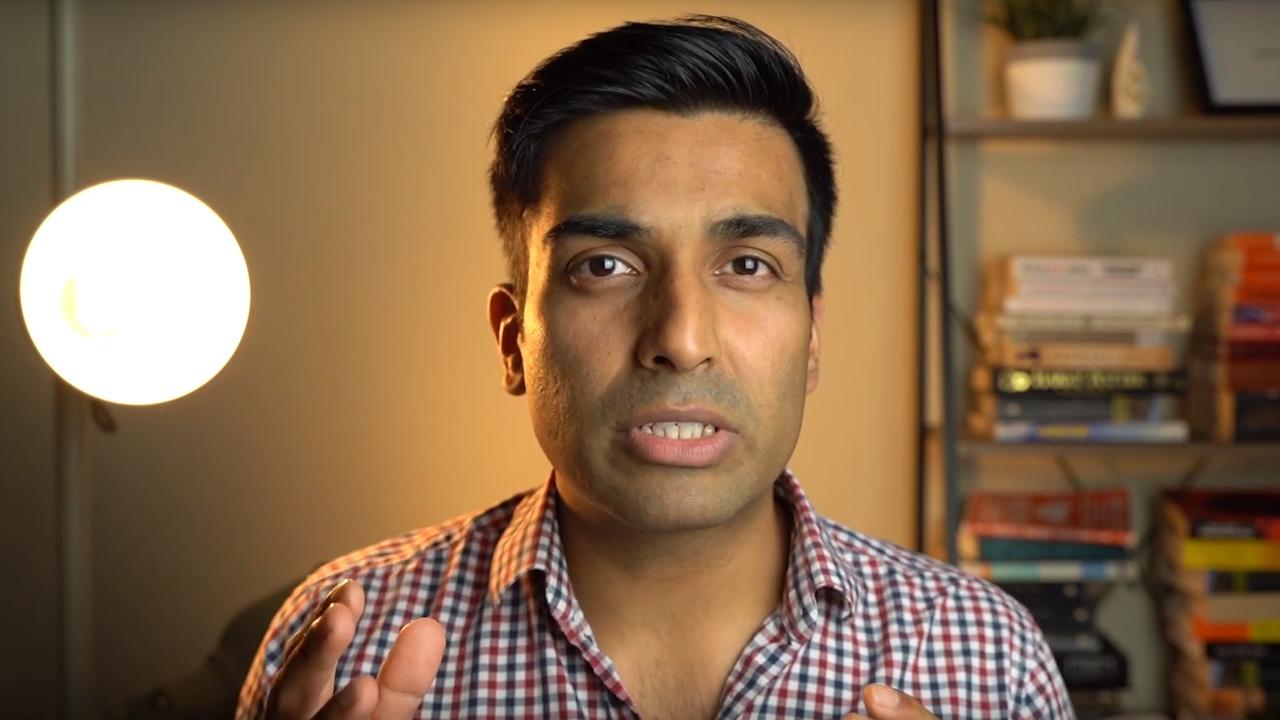
‘BLOODY SHAMBLES’
In a viral Twitter thread this week, one Sydney resident described his experience trying to get tested after returning from Northern Italy with a cough.
“Rang the NSW Health hotline on 1800 022 222. Waited 30 minutes, explained my reasoning and was told to book a test at my GP. I said, ‘But aren’t GPs refusing to test?’ I was told that yes some were, but try anyway,” he wrote.
“Rang GP, helpful receptionist said, ‘No problem, we’ll see you in a couple of hours and we’ll give you a mask.’ Hung up. Thirty minutes later the GP practice manager rang and said, ‘No way, do not come here in case you are infected.’”
He asked what his choices were, and was told the only place to get a test in NSW was at the Royal Prince Alfred Hospital’s coronavirus clinic but that there was no pre-booking and he would have to “just do a walk-up”.
“I said, ‘Are you sure?’ He said, ‘Yep, good luck’, and hung up,” he wrote. “I Google the clinic. There were reports of a 300-person queue and only one doctor and two nurses working. Surely the best way to make sure you catch the virus is to stand for hours in line with 300 potential carriers.”
Rang the NSW Health hotline on 1800 022 222. Waited 30 minutes, explained my reasoning and was told to book a test at my GP. I said ‘but aren’t GPs refusing to test?’ I was told that yes some were, but try anyway. 2/
— adam (@adamdennis) March 8, 2020
He said he then rang Laverty and other private pathology businesses but was told they don’t do COVID-19 tests for the public. “So, in essence, I couldn’t safely get tested. What a joke. If this is our world-class response, it’s a bloody shambles,” he wrote.
In an update yesterday, he said Laverty was now testing him. “The NSW hotline is sending higher-risk people direct to emergency and people are reporting quick and easy tests at some ER,” he said.
Lachlan Moffet Gray, a cadet journalist with The Australian, described his own Kafkaesque experience trying to get tested, travelling to-and-fro all day on public transport between GP clinics and pathology labs “potentially spreading diseased droplets”.
“The woman who greeted me at the pathology clinic saw my mask, did a double take and shrieked. Pausing to put on a mask and rubber gloves, she pushed me out the door explaining that this branch did not do COVID-19 swabs, and that I would have to visit a branch in another suburb, and to call ahead first. Each attempt to call was met with an occupied tone,” he wrote.
“I made my way to the second clinic and attempted to call a few more times. Still getting no response, I walked in, was told they no longer did coronavirus swabs and was handed a list of 34 other clinics to visit, most of which closed at 3pm. There were only two clinics within a reasonable distance. I called both several times to no answer. When I arrived at the next clinic, I was told that I could have a swab test … next Thursday.”
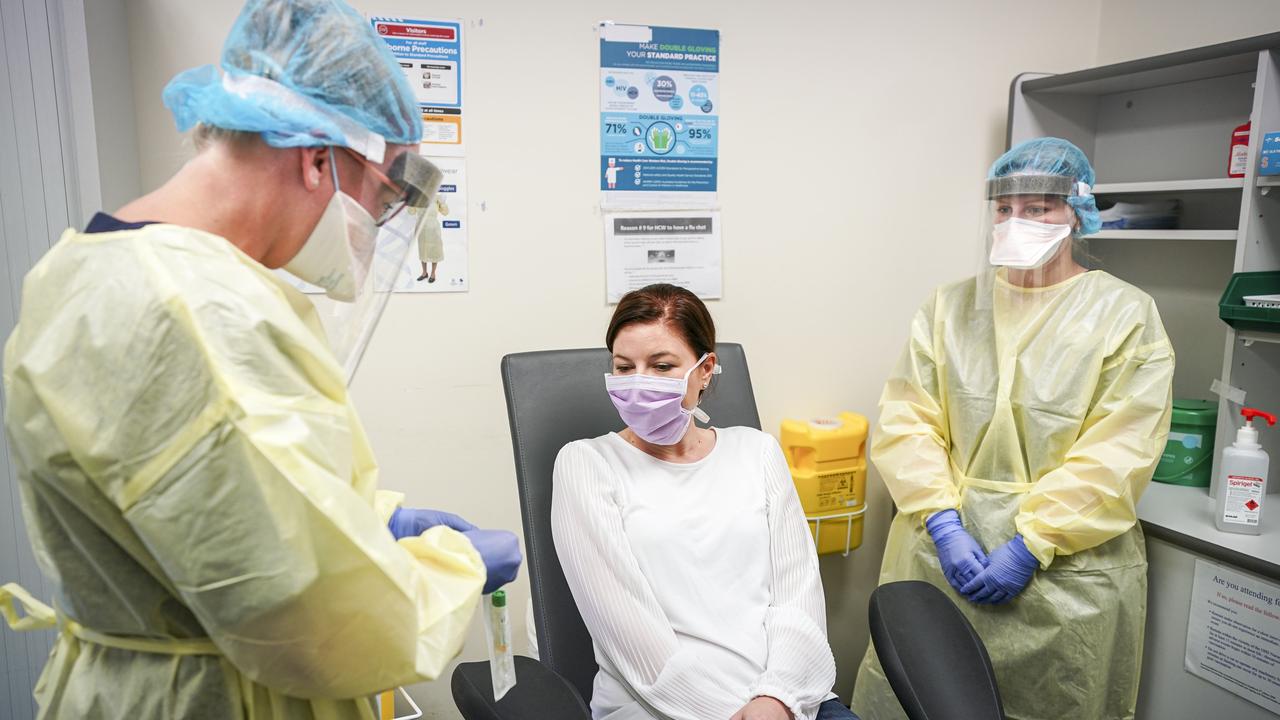
PANDEMIC EXPOSES FLAWS
Dr Chris Moy, South Australian President of the Australian Medical Association, said the crisis had shown that “pandemic is not a theoretical exercise and requires practicality”.
“Grappling with this has been like we’re trying to cram for an important exam when we should have had the strategy and planning and research about our ability to cope done a long time before,” he said.
“This plan should have been in a vault beforehand. GPs are not geared up for this because we’ve never been part of pandemic planning — we might have been part of some document somewhere.”
Dr Moy said it had exposed the “siloed” nature of the health system with government departments, GPs, hospitals and aged care all working separately.
“What became obvious really early is that the health departments did not understand how general practice worked and really had to learn fast,” he said. “At first they said to us, ‘Why don’t you just do the swabs?’ We don’t have the equipment.”
Dr Moy said some of the messaging from federal authorities at first was “go see your GP”. “The insanity of that was pretty silly and showed a very clear lack of understanding, and to some degree a lack of respect of what GPs have to deal with,” he said.
“We have to see other patients, we have a waiting room. Even in Victoria at the moment they still have signs saying, ‘If you have travelled and think you have an infection, go see the receptionist.’ I had to tell staff I won’t allow that sign.”
He added that the fragmented and sometimes conflicting information provided by each state and territory highlighted the need for a national Centre for Disease Control to co-ordinate in such situations.
Currently, the closest Australia has is the federal government’s Australian Health Protection Principal Committee, which is made up of the chief medical officers from each state and territory.
“Part of the problem is they need to get a unanimous decision,” he said.
“What we want is a national decision-maker. We needed a CDC from the start. We need consistent messaging about not going straight to your practice, where to call, signage, messages on websites, pamphlets, hotlines available.”
Overall, however, Dr Moy stressed that “Australia’s not doing too badly”. “I think you’ve got to be balanced about this,” he said. “We’re in a better position than countries like the US. There have been good decisions, like the travel ban from China.”
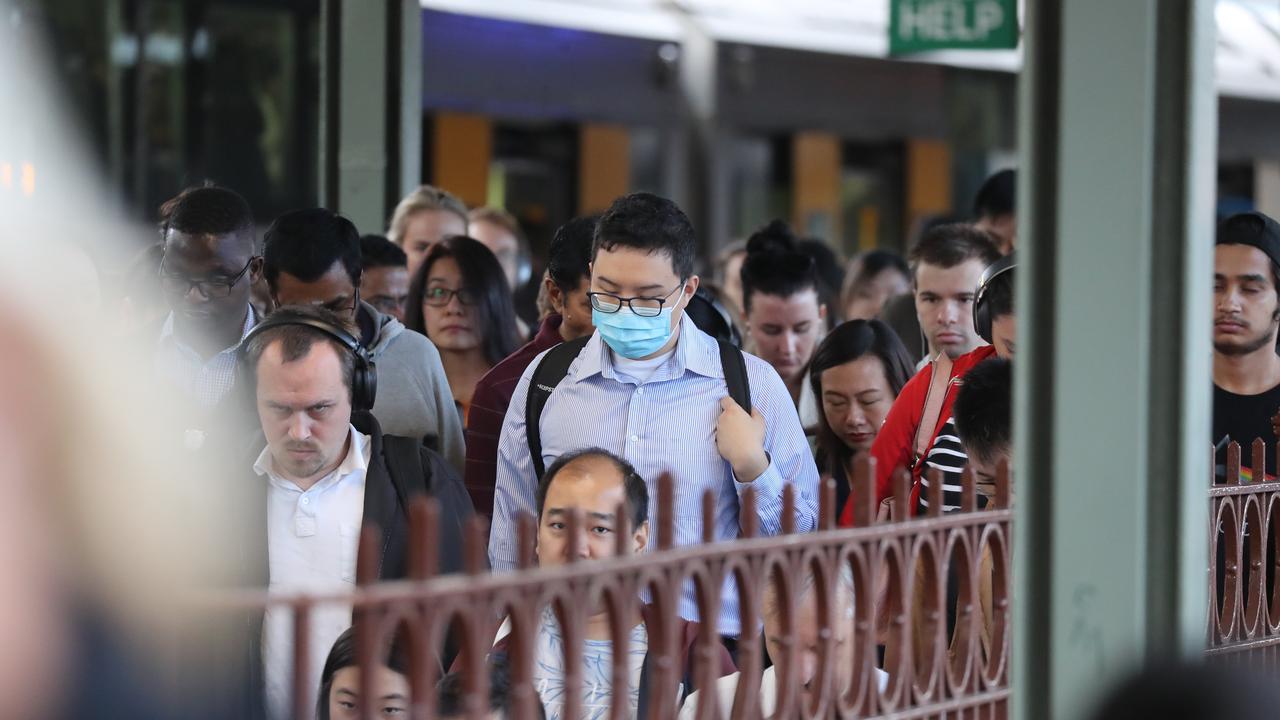
NSW HEALTH
NSW Health’s current advice is for anyone who has travelled to or transited through mainland China, Iran or South Korea in the past 14 days to isolate themselves for 14 days from the day they left, and watch for flu-like symptoms.
If they have visited any of those countries and they have a fever, cough, sore throat or shortness of breath, NSW Health says, “Call your GP, emergency department or the HealthDirect hotline on 1800 022 222. Call first so they can prepare for your visit.”
Speaking to reporters on Monday, NSW Health Minister Brad Hazzard said people who had come in from overseas were the majority of cases, but “as it progresses, it would be logical to say that there would be more transmission of the virus from contacts”.
“That’s why it is so important to be listening to health announcements, and to come forward if you’re feeling ill. If you’ve had recent travel from overseas or if you’ve had contact with a known COVID-19 carrier, then it’s a very good idea to be stepping forward,” he said.
“It also has to be balanced, because at this time of the year … there are other viruses. In fact, we’re seeing an increase in the number of reported flu cases. We don’t know whether that’s because the flu season has started a little earlier, or whether it’s simply that more people are actually being tested for COVID-19.”
Mr Hazzard said if patients had mild cold-like symptoms then phoning their GP for advice “would be the preferable process”, but “if you’re a more serious presentation” they should ring and ask to visit “either your GP but mostly in that case, an ED nearby”.
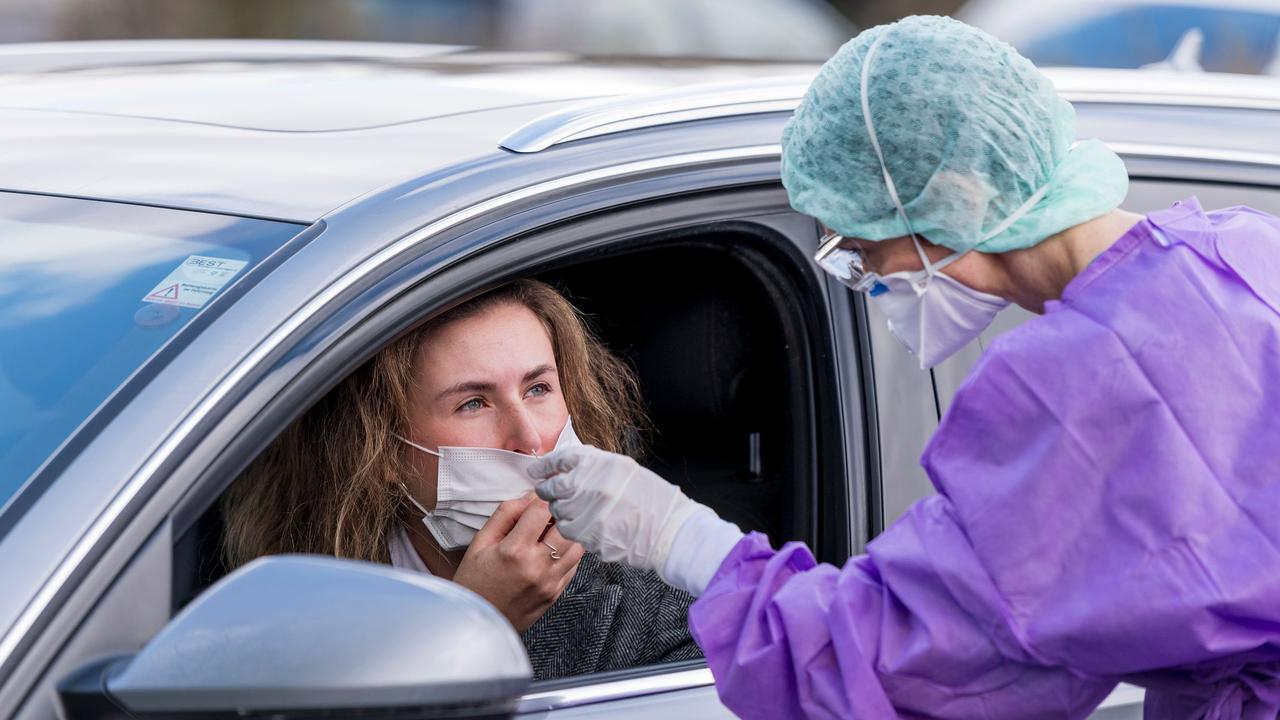
FEDERAL GOVERNMENT
In his letter to GPs on Monday, Prof Murphy conceded that the rapidly evolving nature of the outbreak had made it “challenging” for health professionals to keep up-to-date with advice and it had “led to some confusion and a perception of inconsistency of information (or) information gaps”.
“We have previously advised members of the community that, if they believe that they could potentially have or be exposed to COVID-19, they should phone their GP or local health service and seek advice before attending,” he said.
“If followed, this practice has allowed the practice or hospital to make arrangements for isolation and testing. As case numbers increase, there is a need for new strategies. People who believe that they may have been exposed to or have COVID-19 will be encouraged to call the national hotline to seek advice.”
Prof Murphy said the current response was focused on “early identification of cases, isolation, contact tracing and quarantine”, but if more widespread community transmission occurred, “the focus will shift to early detection and home isolation of cases to prevent or delay transmission, with less emphasis on identifying contacts who are generally unlikely to be very infectious, unless they themselves also develop symptoms”.
Prof Murphy said COVID-19 testing was “currently focused on those people with respiratory symptoms who have a relevant travel history or who have been in contact with cases” and had largely been done so far by public health laboratories, but “we are working on further expanding access under Medicare to private pathology laboratories for the COVID-19 virus”.
Prof Murphy said GPs would soon be provided with the same standard triage protocol used by the national hotline, as many practices had asked “to have the same protocol available for their reception staff to ensure consistent messaging and patient disposition”.
“It is clear that, with increasing cases of COVID-19, there will be benefit in more sophisticated strategies to prevent the co-mingling of suspect or proven cases with other patients in healthcare settings,” he said.
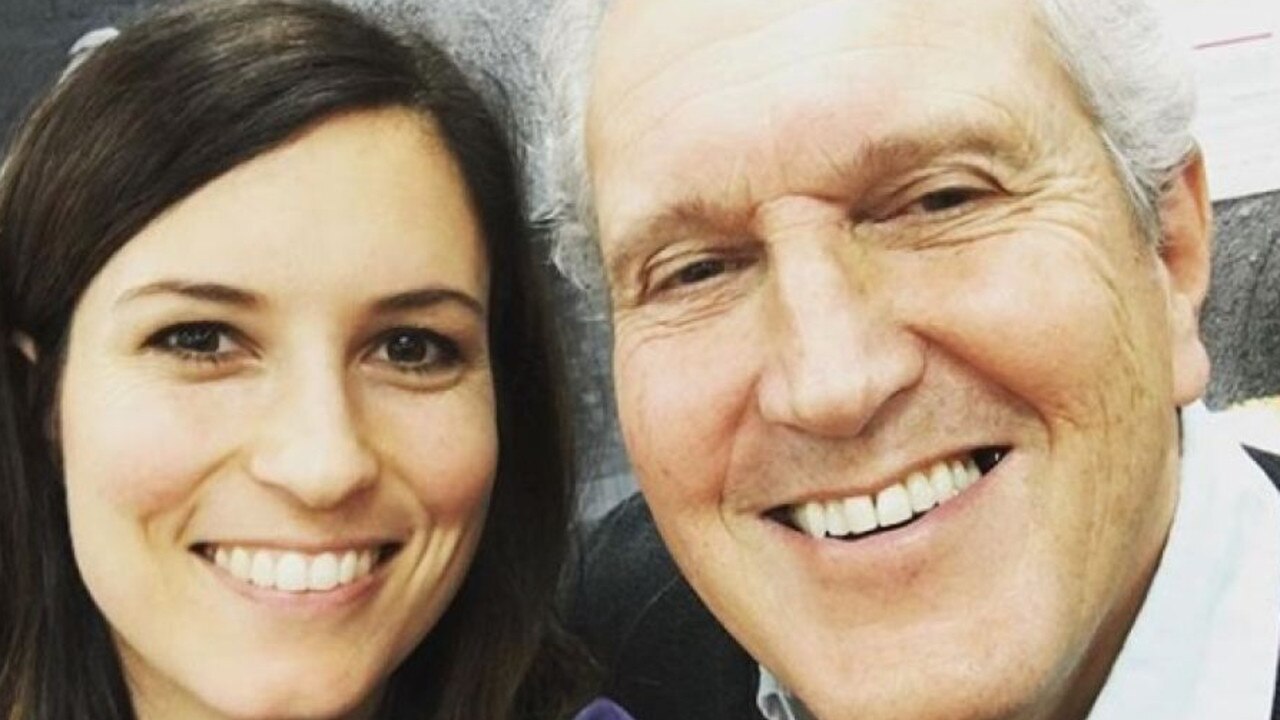
AUSTRALIAN MEDICAL ASSOCIATION
Australian Medical Association President Dr Tony Bartone told 3AW on Sunday there was a need to prioritise who to test, or else hundreds of thousands of people with even mild cold symptoms could clog up the system.
“At the moment, there is a real need to ensure that we’re not clogging up the system with unnecessary tests that are proved to be largely not positive. The vast majority of tests, and there’s been something in the region, almost approaching 10,000 tests done already in this country, have largely turned negative,” he said.
“We need quick and clear access and results for those that are positive to be effective. Number two though, it’s clear now that as it’s spreading through the northern hemisphere … we’re going to reach a point where anyone returning with cold symptoms from overseas travel will probably have to fall into an index of suspicion, even if not on the list of high-risk countries, and I think that’s the message out of this.”
Dr Bartone said roundtables in Canberra on Friday were focused on how to rapidly ramp up testing. “We’ve got the capacity to do it, it’s just that that will then create an unnecessary delay to some of the results,” he said.
“And we’ve just got to be sure that there’s the fulfilment in the first phase. The testing authorities, all the state and territory pathology departments, are being very clear about fulfilling the criteria for testing before you’re allowed to send off the test. It’s clear that private pathology companies are now going to be seconded into this role very, very quickly and in the very short space of time to ramp up the capacity and capability to do that.”




